Name Christopher Monroe | Fields Atomic physics | |
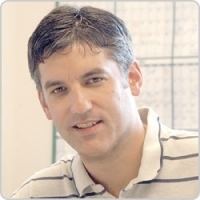 | ||
Institutions University of MichiganUniversity of MarylandNational Institute of Standards and Technology Known for Quantum InformationIon Trapping Notable awards I. I. Rabi AwardInternational Quantum Communication AwardPresidential Early Career Award for Scientists and EngineersArthur L. Schawlow Prize in Laser Science Alma mater Massachusetts Institute of Technology, University of Colorado | ||
Residence Maryland, United States | ||
Christopher monroe modular ion trap quantum networks going big
Christopher Roy Monroe (born October 19, 1965) is an American physicist, an experimentalist in the areas of atomic, molecular, and optical physics and quantum information science. He directs one of the leading research efforts in ion traps and quantum optics. Monroe is the Bice Zorn Professor and a Distinguished Professor of Physics at the University of Maryland and Fellow of the Joint Quantum Institute.
Contents
- Christopher monroe modular ion trap quantum networks going big
- Quantum memory dr christopher monroe
- Career
- References
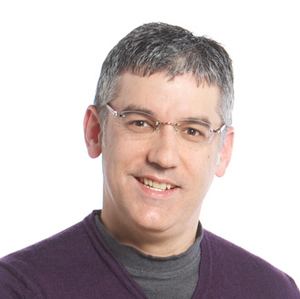
Quantum memory dr christopher monroe
Career
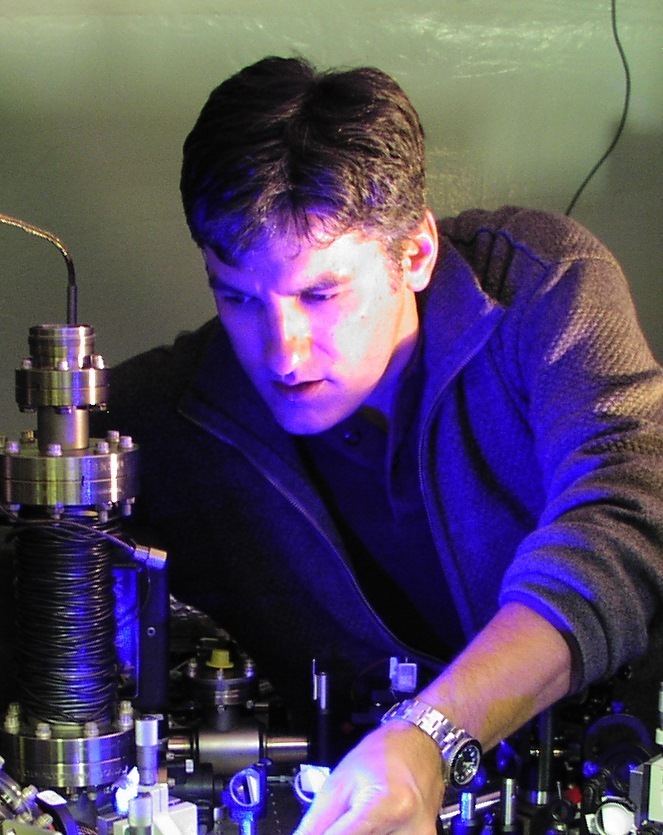
After receiving his undergraduate degree from MIT in 1987, Monroe joined Carl Wieman's research group at the University of Colorado in the early days of laser cooling and trapping of atoms. With Wieman and postdoctoral researcher Eric Cornell, Monroe contributed to the path for cooling a gas of atoms to the Bose-Einstein condensation phase transition. He obtained his PhD under Wieman in 1992 (Wieman and Cornell succeeded in the quest in 1995, and were awarded the Nobel Prize for this work in 2001).
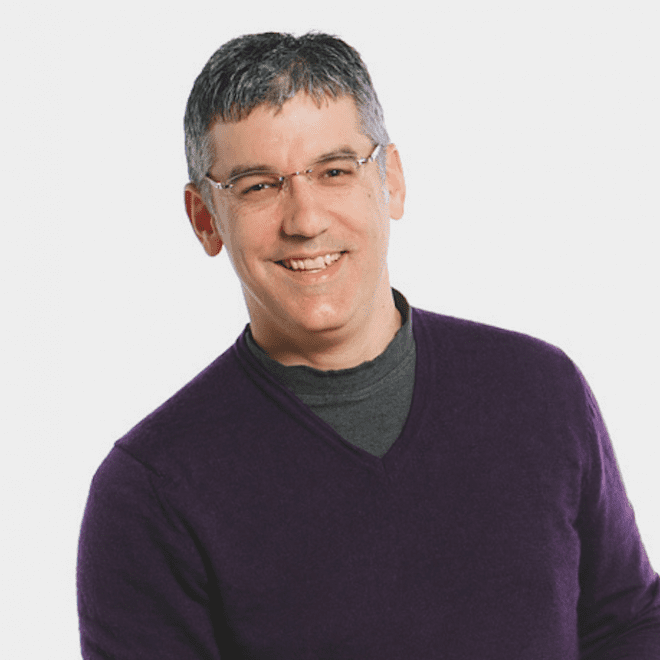
From 1992-2000, Monroe worked in the Ion Storage Group of David Wineland at the National Institute of Standards and Technology in Boulder, CO, where he was awarded a National Research Council postdoctoral fellowship from 1992-1994, and held a staff position in the same group from 1994-2000. With Wineland, Monroe led the research team that demonstrated the first quantum logic gate in 1995 and for the first time entangled multiple qubits, and exploited the use of trapped atomic ions for applications in quantum control and the new field of quantum information science (Wineland received the Nobel Prize in 2012 based on this work).
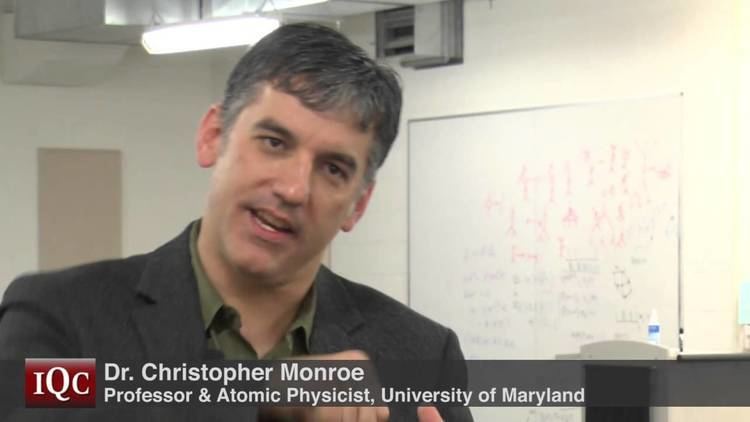
In 2000, Monroe initiated a research group at the University of Michigan, Ann Arbor, where he showed how qubit memories could be linked to single photons for quantum networking. There he also demonstrated the first ion trap integrated on a semiconductor chip. With Wineland, Monroe proposed a scalable quantum computer architecture based on shuttling atomic ions through complex ion trap chips. In 2006, Monroe became Director of the FOCUS Center at the University of Michigan, a NSF Physics Frontier Center in the area of ultrafast optical science.
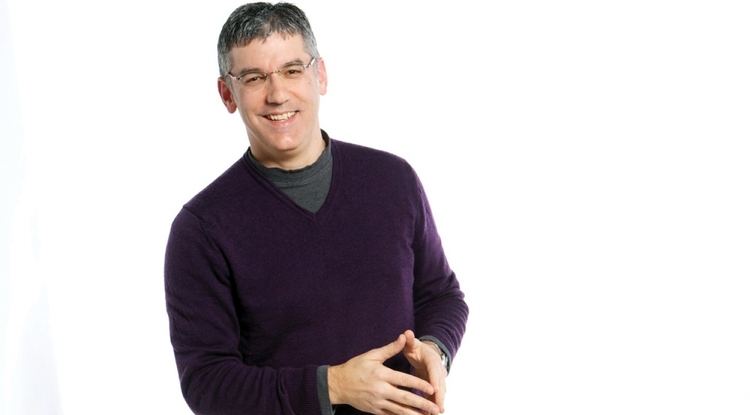
In 2007, Monroe became the Bice Zorn Professor of Physics at the University of Maryland and a Fellow of the Joint Quantum Institute between the University of Maryland and NIST. There, Monroe's group produced quantum entanglement between two widely separated atoms, and were the first to teleport quantum information between matter separated over distance. They exploited this resource for a number of quantum communication protocols and for a new hybrid memory/photon quantum computer architecture. In recent years, his group pioneered the use of individual atoms as a quantum simulator, or a special purpose quantum computer that can probe complex many-body quantum phenomena such as frustration and magnetic ordering. His laboratory controls and manipulates the largest collection of individual interacting qubits.
In 2016 he was elected to the National Academy of Sciences.
